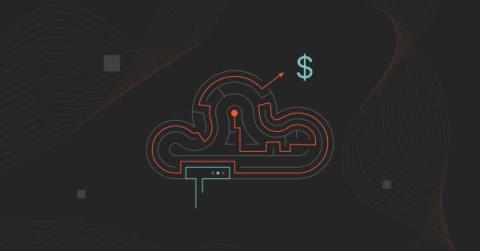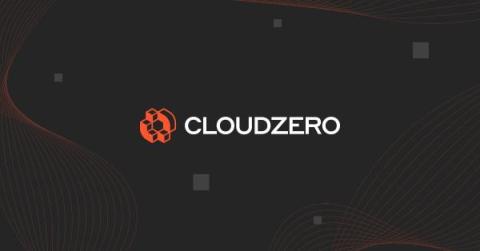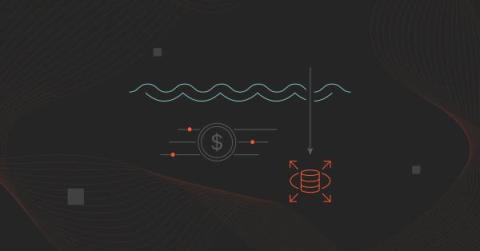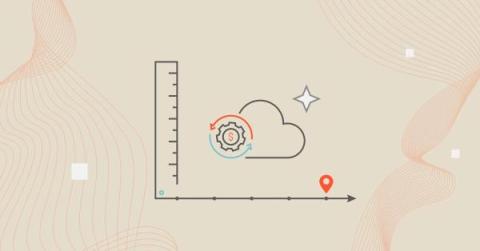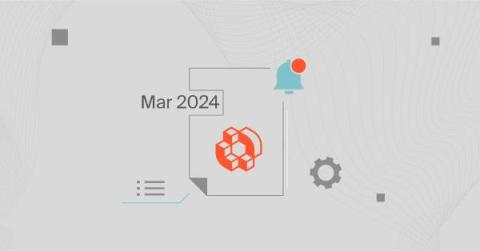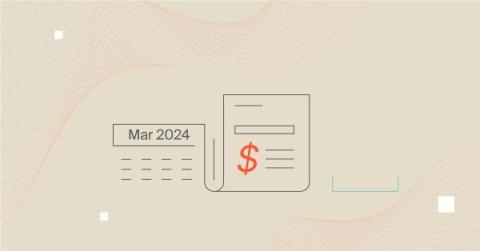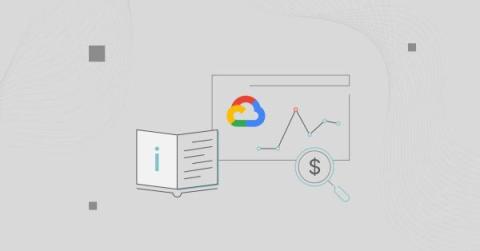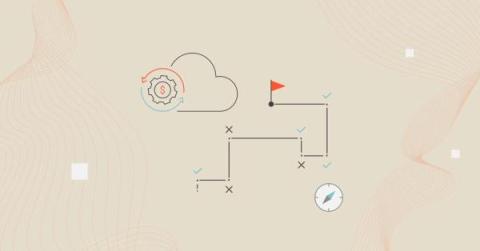How To Master Cost Efficiency In Serverless Computing
Serverless architectures have revolutionized how businesses deploy applications, offering scalability and cost efficiency by abstracting infrastructure management. This model, charging only for resources consumed, poses unique budgeting and cost optimization challenges due to its variable pricing structure. Navigating cloud costs in a serverless environment requires a nuanced understanding of leveraging this technology’s benefit while effectively managing expenses.


